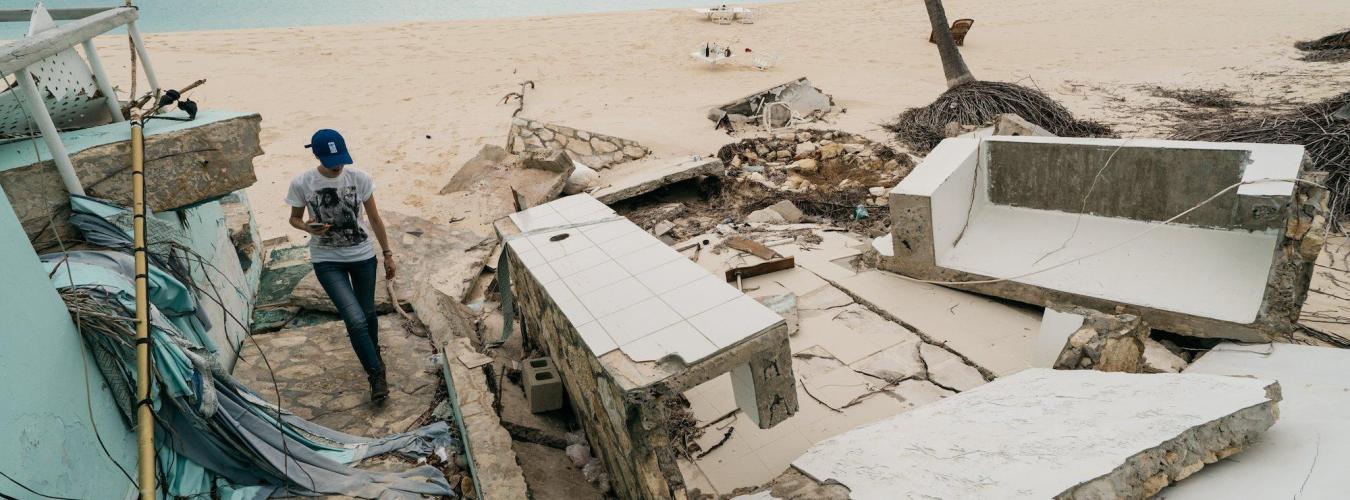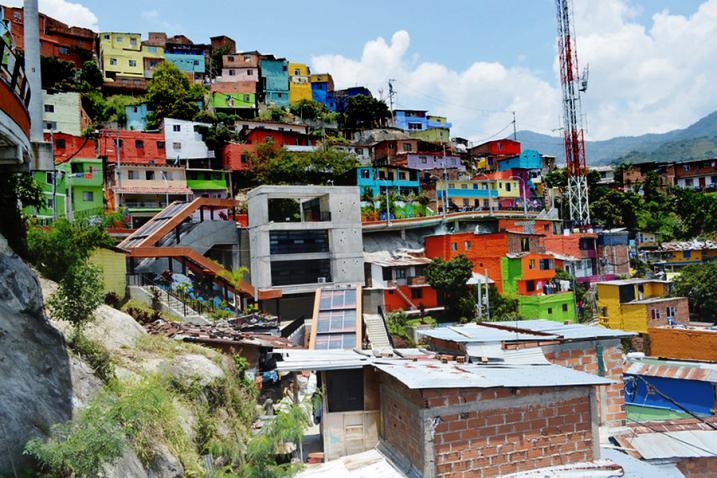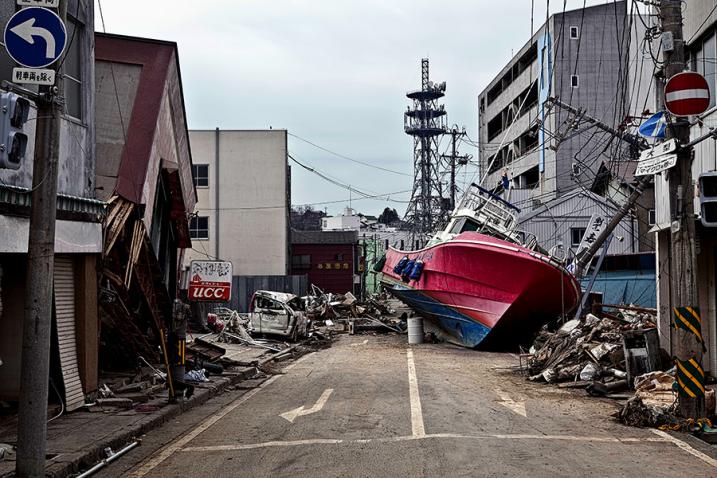Fighting inequality for a resilient future
This year’s International Day for Disaster Risk Reduction addresses the connection between disasters and inequality. Disasters and inequality are two sides of the same coin. Each adversity reinforces the other: unequal access to services leaves the most vulnerable exposed to the danger of disasters; while the effects of disasters exacerbate inequalities and push the most at risk further into poverty.
Since most countries at high risk of disasters are also among those with the highest share of the population living under the national poverty line, the United Nations Office for Disaster Risk Reduction (UNDRR) encourages people to take action to break the cycle of disaster and growing inequality.
To mobilize action, the UN agency is raising awareness of the brutal inequality of disasters. It calls for fighting inequality for a resilient future, which is the theme of the 2023 observance.
The Day’s theme aligns with the Sendai Framework, the international agreement to prevent and reduce losses in lives, livelihoods, economies and basic infrastructure. The treaty has seven global targets and 38 indicators for measuring progress and complements the Paris Agreement on climate change, with both frameworks interlinked to achieve the Sustainable Development Goals.
The observance takes place shortly after the Midterm Review of the Sendai Framework for Disaster Risk Reduction 2015-2030, where the UN General Assembly in May 2023 adopted a political declaration to accelerate action to strengthen disaster resilience.
Check out the list of events around the world and participate. #DRRDay #ResilienceForAll #BreakTheCycle
Poverty as a risk driver
Persons with disabilities are up to four times more likely to die in a disaster than those without
The world must act to protect persons with disabilities from disasters
People with disabilities are not receiving enough support to cope with disasters. This is despite a significant increase in the number of climate-related disasters worldwide in the last decade. The lack of progress in this area could be a violation of international law, according to a new report published by UNDRR that analyzes over 6,000 responses from 132 countries.
Persons with disabilities represent 16% of the world's population and, in some cases, are killed by disasters at a rate that is two to four times higher than the general population. Governments should have policies in place to protect these individuals from disasters. Specifically, 84% of respondents in 2023 reported not having a personal preparedness plan in case of a disaster, such as knowing evacuation routes, available shelters, and having emergency supplies. This figure was 71% in 2013.
The 2023 survey also found that 39% of respondents would have no difficulty evacuating if sufficient early warning was provided, compared to 26% if there was no warning. This highlights the importance of the UN Early Warnings for All Initiative working to cover everyone everywhere by the year 2027. This is particularly important as half of all countries still lack early warning systems
Background
The International Day for Disaster Risk Reduction was started in 1989, after a call by the United Nations General Assembly for a day to promote a global culture of risk-awareness and disaster reduction. Held every 13 October, the day celebrates how people and communities around the world are reducing their exposure to disasters and raising awareness about the importance of reining in the risks that they face.
In 2015 at the Third UN World Conference on Disaster Risk Reduction in Sendai, Japan, the international community was reminded that disasters hit hardest at the local level with the potential to cause loss of life and great social and economic upheaval. Sudden onset disasters displace millions of people every year. Disasters, many of which are exacerbated by climate change, have a negative impact on investment in sustainable development and the desired outcomes.
It is also at the local level that capacities need to be strengthened urgently. The Sendai Framework for Disaster Risk Reduction is people-focussed and action-oriented in its approach to disaster risk reduction and applies to the risk of small-scale and large-scale disasters caused by man-made, or natural hazards, as well as related environmental, technological and biological hazards and risks.
Did you know?
- By 2030, with current climate projections, the world will face some 560 disasters per year (UNDRR, 2022)
- About 75% of extreme weather events are currently connected to climate change, fueled by carbon emissions (Climate Adaptation Platform, 2022).
- In the Great East Japan Earthquake of 2011, persons with disabilities were twice as likely to die (Rehabilitation International, 2014).
- From 1970 through 2019, the UN found that 91% of all deaths from weather, climate, and water hazards occurred in developing countries (United Nations).
Resources
Websites
- United Nations Office for Disaster Risk Reduction
- UN World Conference on Disaster Risk Reduction, Sendai Japan
- Sendai Framework for Disaster Risk Reduction 2015-2030
- Sendai Framework Monitor
- Prevention Web
- UNOOSA: United Nations Platform for Space-based Information for Disaster Management and Emergency Response (UN-SPIDER)
- OCHA: UN Disaster Assessment and Coordination (UNDAC)
Documents
- Global Assessment Report on Disaster Risk Reduction 2023
- Sendai Framework for Disaster Risk Reduction (2015-2030)
- Hyogo Framework for Action (2005-2015)
- Framework for action for the Implementation of the International Strategy for Disaster Reduction (ISDR) (2001)
- General Assembly: International Decade for Natural Disaster Reduction
- General Assembly: International Strategy for Disaster Reduction
- General Assembly: Disaster risk reduction




